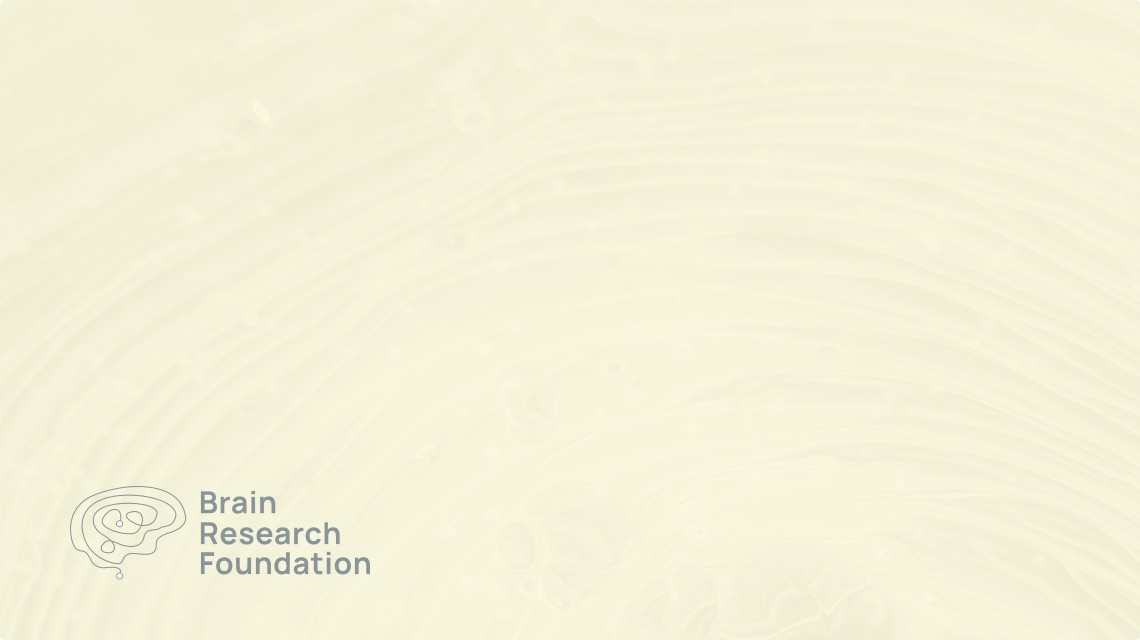
2025 Seed Grant
Vikram Gadagkar, Ph.D.
Columbia University
To learn the Beatles’ song Yellow Submarine, you first have to remember how it sounds before you can start practicing. This is called using a “template,” or a mental model to copy. We use templates to learn all kinds of things—like talking, playing music, dancing, or sports—but scientists still don’t know exactly where these memories are stored in the brain.
Zebra finches are small birds that learn to sing by copying others, kind of like how people learn to speak. A young zebra finch listens to its father’s song and remembers it. This memory becomes its “template.” Then, the bird practices until it can sing the song just like its dad. Because their songs are so clear and their brains have special areas for singing (called the “song system”), zebra finches are great animals to study how learning by imitation works in the brain.
For the past 60 years, scientists have been trying to find where the song memory (template) is stored in the brain. In my research, I found that a brain chemical called dopamine helps the bird know how close its singing is to the correct version. This difference—between what it sings and what it should sound like—is called an “error signal,” and it helps the bird improve.
Now that we’ve found this signal, we’re one step closer to discovering where the bird keeps its memory of the song. For the BRF Seed Grant Program, I plan to combine animal behavior studies, computer science, and new technology to figure out how the zebra finch’s brain stores and uses this song memory. This research could also help us understand how people learn from others—and why that process can be harder for people with conditions like autism.


